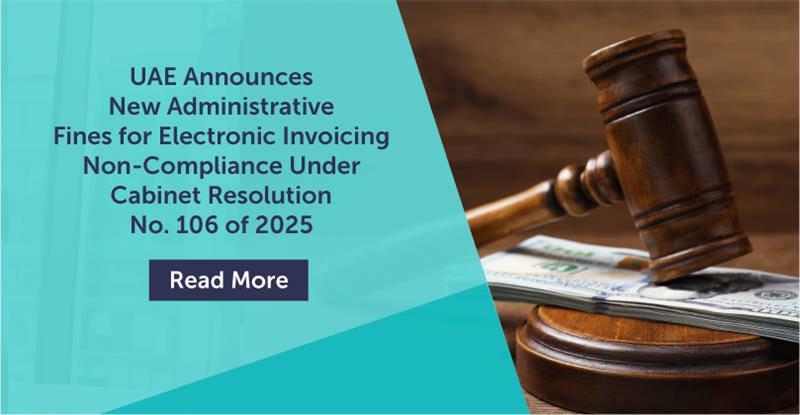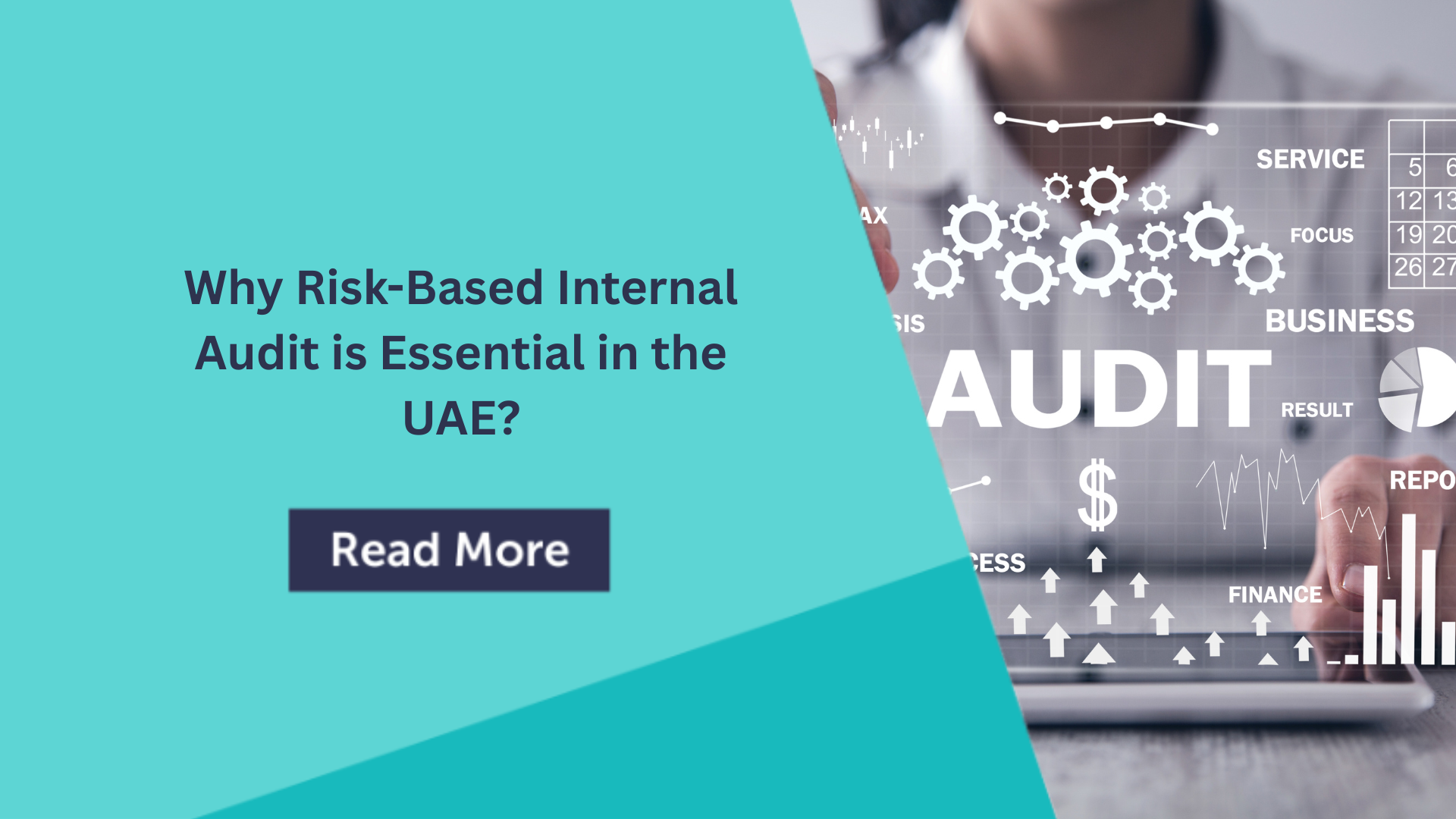
- May 20,2022
- All | Corporate Tax in UAE
Tax Group Under UAE Corporate Tax NOT as same as UAE VAT Group
The UAE Corporate Tax Regime which would come into effect from June 2023, announced the concept of the Tax Group.
However, there already exists a similar concept in the UAE VAT Regulations as well. Therefore the question arises as to whether businesses can extend the same criteria and register as Tax Group.
UAE VAT Regulation
Let’s recapitulate the criteria to form a Tax Group as per UAE VAT Regulations:
- Each person shall have a Place of Establishment or Fixed Establishment in the State.
- The relevant persons shall be Related Parties. (For the purpose of UAE VAT, related parties refers to two or more persons who are not separated on the economic, financial, or regulatory level, where one can control others either by Law, shareholding, or voting rights)
- One or more persons conducting business in a partnership and controlling the others can also form a Tax Group
Thus, Tax Group under UAE VAT Regulations gives more importance to the CONTROL aspect.
How to Form a Tax Group under UAE VAT Regulations?
Only the representative member of a prospective Tax Group, who possesses a Tax Registration Number (TRN) for VAT can apply to form a Tax Group.
During the application process, the representative member shall submit the proof (control conditions) as to how it is connected to the member entities.
However, as communicated through the Consultation Document on UAE Corporate Tax released on April 28, 2022, the criteria for forming the Tax Group stresses ownership, unlike control in the UAE VAT Regime.
To form a Tax Group under UAE Corporate Tax regime, the following criteria should be fulfilled:
- All the companies in the Group should be UAE Resident companies
- Parent Company to hold a minimum of 95% of the share capital and voting rights of its subsidiaries
- Subsidiaries that are indirectly owned by the parent company should have at least 95% of their shares are owned by other subsidiaries of the same parent
- UAE branch of the parent or any of its subsidiaries shall also be considered a Group entity
- The parent company or any of the subsidiaries should not be an Exempt Person or Free Zone Person that benefits from 0% Corporate Tax.
- All group members adopt the same financial year
Procedure to Form a Tax Group under UAE Corporate Tax Regime
To form a Tax Group, a notice signed by the parent company and all subsidiaries must be submitted to the Federal Tax Authority [FTA].
Subsequent addition of a new entity to the Tax Group can be done by submission of a similar notice signed by the parent company and the new subsidiary.
Post Formation of Tax Group under UAE Corporate Tax Regime
Once the Tax Group is formed, it shall be considered as a single taxable person for all compliances under Corporate Tax in the UA
The Parent Company will be responsible (on behalf of all the Group Entities) for:
- Consolidation of financials of each subsidiary
- Eliminate transactions between parent Company and Group subsidiaries
- Determination of Taxable Income
- Administration and Payment of Corporate tax
Group’s Corporate Tax will be joint and several liabilities of the parent company and each subsidiary. However, the same can be limited to one or more members with the approval of FTA.
Alternative to Forming Tax Group under UAE Corporate Tax Regime
Alternatively, the Corporate Tax Regime gives an option to transfer losses and transfer assets, and liabilities within the group subject to certain conditions:
Transfer of Losses
Tax losses can be transferred from one company to another group company with profits, provided the following conditions are met:
- UAE Group companies are at least 75% commonly owned
- Loss transfers from companies that are exempt or that benefit from 0% Free Zone Corporate Tax Regime shall not be allowed
- Losses offset should not exceed 75% of the taxable income of the company receiving the transferred loss in the relevant period.
Transfer of Assets and liabilities
Relevant assets and liabilities will be treated as being transferred at their tax net book value if the following conditions are fulfilled:
- The transfer is between the UAE resident companies
- The transferor and transferee are at least 75% commonly owned
- Assets or liabilities remain within the same group for a minimum of three years
Violation of any of the above conditions shall result in withdrawal of relief in the tax period in which the conditions ceased to be met.
What’s Next?
It is necessary that the business reviews its commercial and financial aspects to match to the regulatory requirements and determine whether forming a Tax Group is beneficial or all group companies should adhere to the Corporate Tax Regulations independently and take the advantage of offset of losses/transfer of assets options available, based on the conditions determined by the Regulation.
Further, businesses will also have to ensure that there is no conflict between the transactions within the Tax Group as per UAE VAT laws and UAE Corporate Tax Law.
Emirates Chartered Accountants Group[ECAG] is committed to delivering and freely explaining the implications of the introduction of Corporate Tax on your business. We hope our efforts to update you on the key developments in the region will help you to make an informed decision in your business.
For Corporate Tax Services in Dubai:
CA Purvi Mehta
Asst. Manager – International Taxation
M: +971 52 280 0480
E: purvi.mehta@claemirates.com
Mr. Pradeep Sai
pradeep.sai@claemirates.com
+971 556530001
For Corporate Tax Services in Abu Dhabi:
CA Harikrishnan
E: Harikrishnan.Nampoothiry@claemirates.com
T: +971 26435 193
M: +971 569940174




